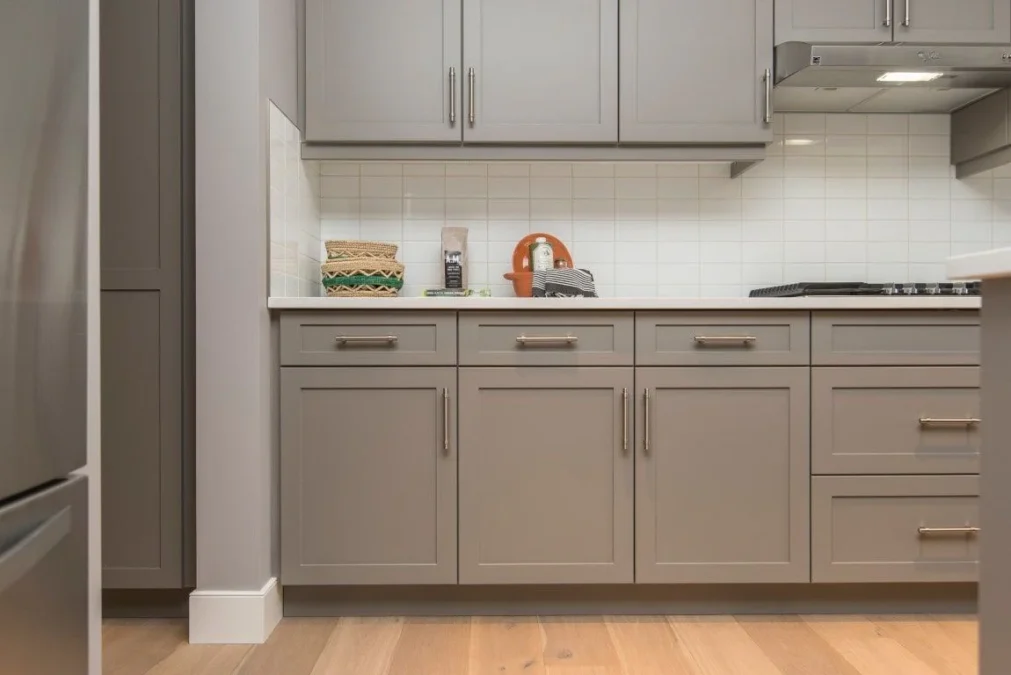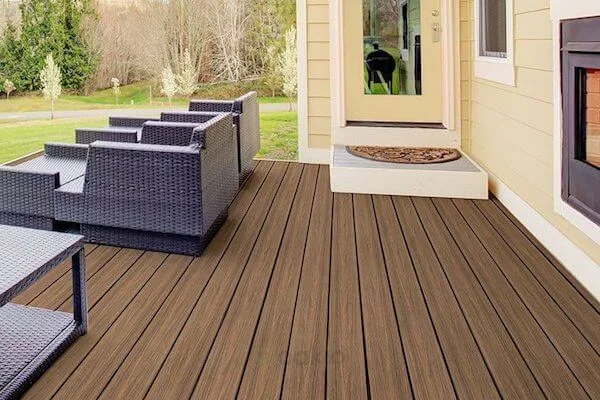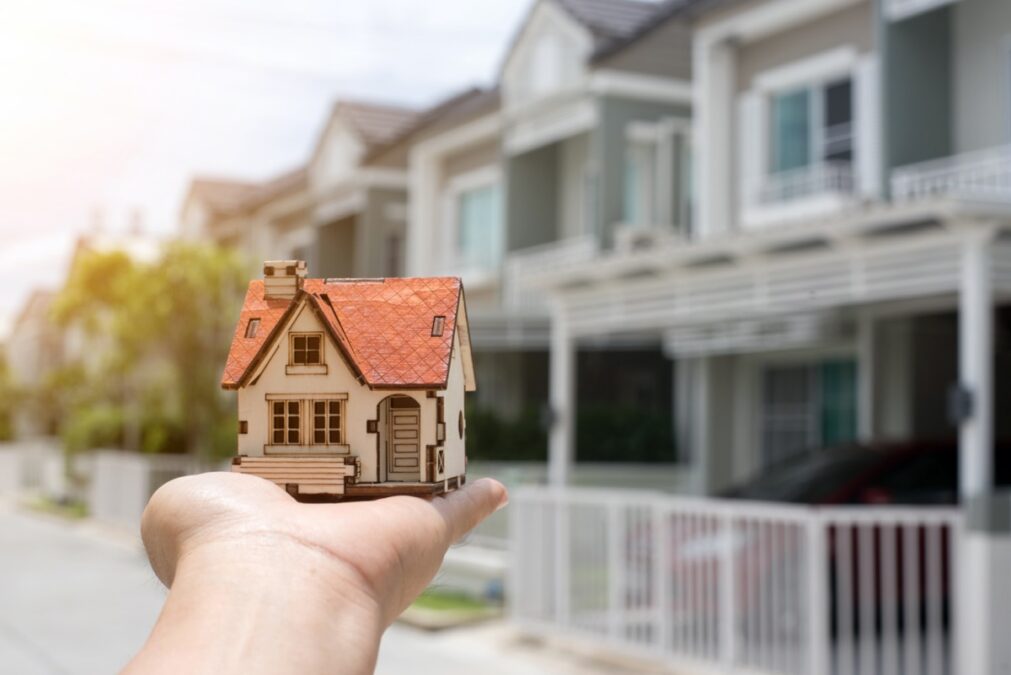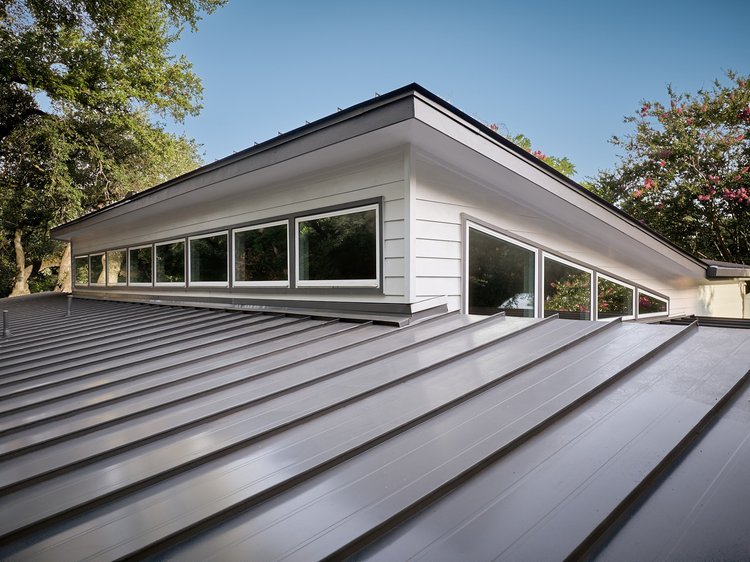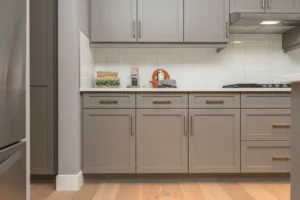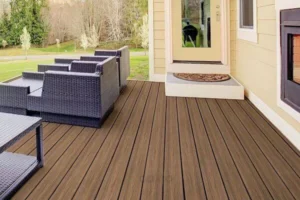Table of Contents
ToggleChoosing the right roof shape is more than just a design decision—it plays a critical role in your home’s durability, energy efficiency, and weather protection. With a wide range of roof shapes available, from the traditional gable to the modern butterfly, understanding your options can help you make an informed decision tailored to your climate, aesthetics, and budget.
In this article, we’ll explore the various types of roof shapes, what makes each unique, their architectural advantages, and how to pick the right one for your building project. Whether you’re constructing a new home or renovating an existing one, this guide will walk you through everything you need to know about roof shapes.
Understanding the Importance of Roof Shapes
A roof’s shape impacts more than appearance. It influences:
- Drainage and water management
- Wind resistance and weather resilience
- Attic space and ventilation
- Material requirements and construction costs
The right roof shape depends on factors like geography, climate, local building codes, and intended home style.
Most Common Roof Shapes

Gable Roof
Also known as a pitched or peaked roof, the gable is one of the most recognizable roof shapes.
Pros:
- Excellent water drainage
- Simple and cost-effective to build
- Allows for attic or vaulted ceilings
Cons:
- Poor wind resistance in hurricane-prone areas
Best for: Cold or rainy climates, classic-style homes
Hip Roof
The hip roof slopes on all four sides, which meet at a ridge or a point.
Pros:
- Superior wind resistance
- More stable and durable
- Aesthetic appeal for various styles
Cons:
- More expensive and complex to construct
- Less attic space
Best for: Windy areas, hurricane zones, high-end designs
Flat Roof
Flat roofs are horizontal or nearly horizontal with a slight pitch for drainage.
Pros:
- Modern aesthetic
- Usable rooftop space (for gardens or patios)
- Cost-effective for larger buildings
Cons:
- Prone to drainage issues
- Requires regular maintenance
Best for: Arid regions, modern homes, commercial buildings
Shed Roof
A single sloping surface, shed roofs are simple and often seen in modern and minimalist architecture.
Pros:
- Simple and inexpensive design
- Good for solar panels
- Maximizes interior height on one side
Cons:
- Limited attic space
- May not suit traditional home styles
Best for: Small homes, extensions, studios
Gambrel Roof
A gambrel is a symmetrical two-sided roof with two slopes on each side, often seen in barns.
Pros:
- Maximized interior space
- Distinctive aesthetic
- Cost-effective for space
Cons:
- Not ideal in windy areas
- Complex structural support
Best for: Farmhouses, colonial homes, storage buildings
Mansard Roof
A French-inspired style with two slopes on each of the four sides, the lower slope being much steeper.
Pros:
- Maximum attic/living space
- Elegant, historical aesthetic
Cons:
- Higher construction cost
- Not ideal for heavy snow
Best for: Urban houses, European-style architecture
Butterfly Roof
Shaped like a “V” or an open book, this roof style allows for unique water collection and lots of natural light.
Pros:
- Rainwater harvesting capability
- Ideal for large windows and eco homes
Cons:
- Complex drainage system
- High cost and maintenance
Best for: Modern and eco-friendly designs
Less Common but Functional Roof Shapes

Saltbox Roof
One long slope and one short, often seen in colonial New England.
Bonnet Roof
Similar to a hip roof but with an extended overhang.
Curved Roof
Architectural and modern, provides a soft aesthetic and water runoff.
Factors to Consider When Choosing a Roof Shape
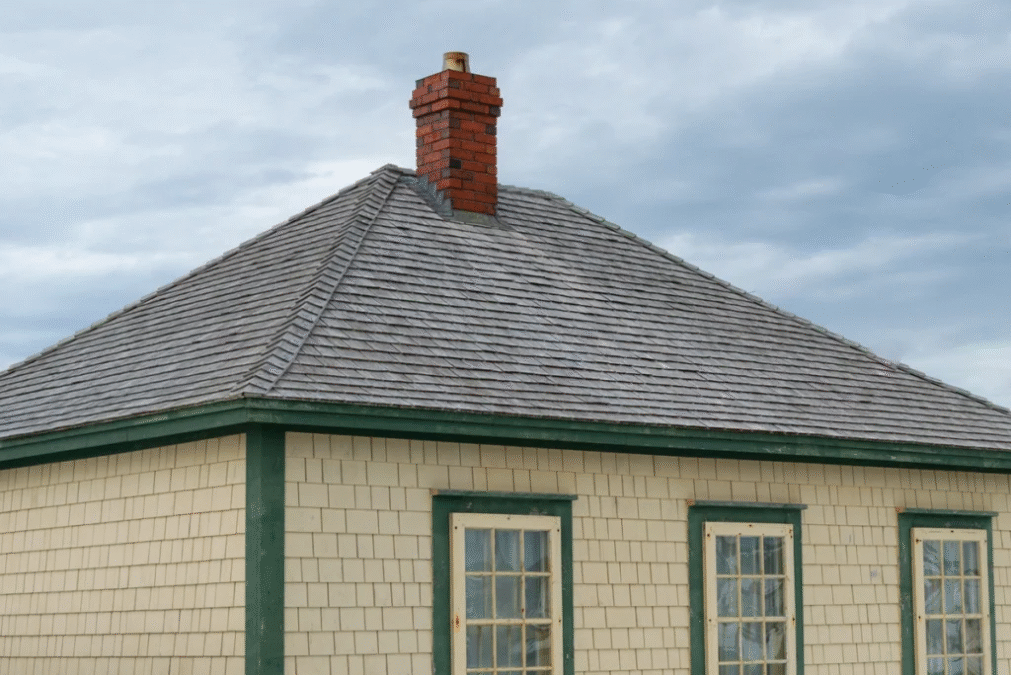
1. Climate and Weather
- Rainy areas: Gable or hip roofs are ideal.
- Snowy regions: Steeper slopes prevent buildup.
- Wind-prone zones: Hip or low-pitch roofs offer better resistance.
2. Cost and Budget
- Simpler shapes like gable and shed are more affordable.
- Mansard and butterfly roofs require complex construction and materials.
3. Aesthetic and Design Goals
- Match roof shapes with your architectural style (modern, colonial, rustic, etc.).
4. Interior Space Needs
- Gambrel and mansard offer more living space under the roof.
- Flat roofs allow for usable rooftop areas.
5. Local Building Regulations
- Some municipalities restrict certain roof shapes or slopes.
Roof Shapes and Their Material Compatibility
| Roof Shape | Common Materials | Notes |
|---|---|---|
| Gable | Asphalt shingles, metal, tile | Versatile and cost-effective |
| Hip | Metal, shingles, tiles | Heavier materials work better |
| Flat | Rubber, bitumen, TPO | Needs waterproof, heat-resistant layer |
| Shed | Metal, membrane roofing | Lightweight and minimal maintenance |
| Gambrel | Wood shingles, metal, asphalt | Best for traditional finishes |
| Mansard | Slate, tile, copper | Heavy, high-end materials preferred |
| Butterfly | Metal, concrete, membrane | Requires custom drainage solutions |
Expert Tip: Combine Roof Shapes for Function and Beauty
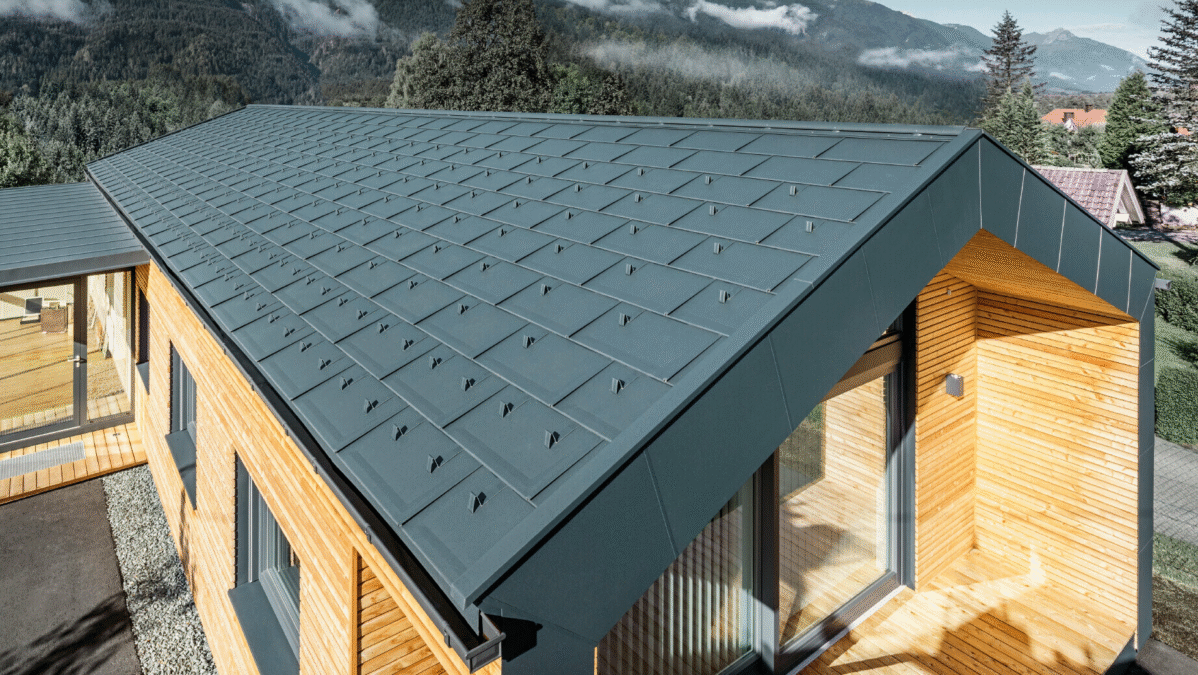
Modern architecture often blends multiple roof shapes to solve structural and stylistic challenges. For example:
- A gable roof over the main house with a flat roof on extensions
- Shed roofs for garage or patio add-ons
- Mansard with dormer windows for city homes
Conclusion
Understanding different roof shapes helps homeowners and builders make informed design decisions that align with function, budget, and style. From the simplicity of a shed roof to the grandeur of a mansard, the right choice depends on multiple factors—each shape serving a purpose beyond aesthetics.
What roof shape do you prefer for your next build? Let us know in the comments or explore our other guides on [roofing materials], [home design], and [energy-efficient housing].
FAQs About Roof Shapes
Q1: What is the most cost-effective roof shape?
A gable roof is typically the most affordable due to its simple design and ease of construction.
Q2: Which roof shape is best for snow?
Steep gable or hip roofs are best, as they allow snow to slide off easily.
Q3: Can I mix different roof shapes on one house?
Yes! Many architects blend styles for both visual interest and practical needs.
Q4: What roof is best for solar panels?
Shed and flat roofs work well for solar setups due to optimal sun exposure.
Q5: Do roof shapes affect insurance rates?
Yes, especially in disaster-prone areas. Roofs with higher wind or fire resistance often result in lower premiums.

